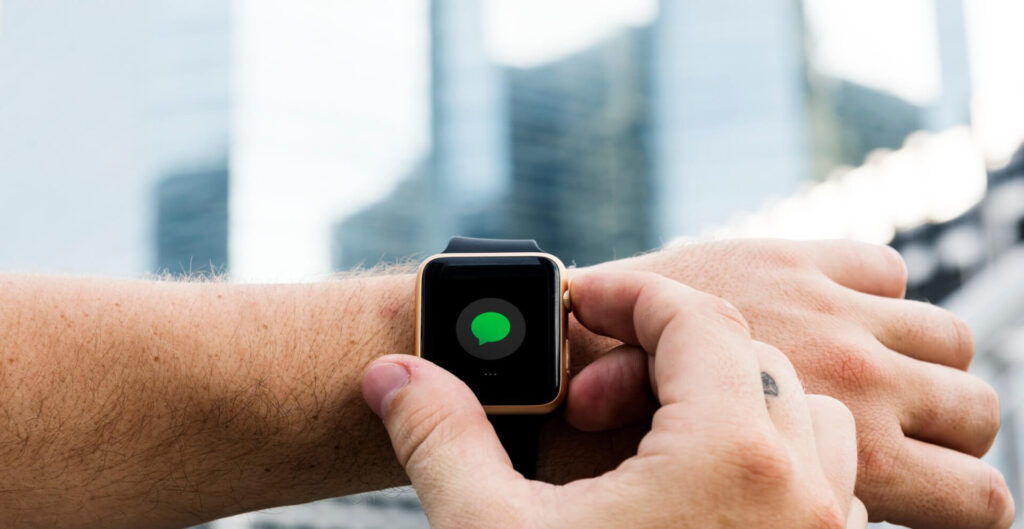
In the realm of wearable technology, smart watches have emerged not only as stylish accessories but also as powerful tools that seamlessly integrate into our daily lives. What began as a convenient way to check the time and receive notifications has evolved into sophisticated devices capable of monitoring our health and well-being in ways previously unimaginable.
The Evolution of Smart Watches
Smart watches first gained popularity for their ability to sync with smartphones, providing users with notifications for calls, messages, and emails directly on their wrists. This convenience quickly expanded as manufacturers began adding more features such as fitness tracking, GPS navigation, and even music playback controls.
Beyond Timekeeping: Health and Fitness Tracking
One of the most significant advancements in smart watch technology has been its integration with health and fitness tracking capabilities. Modern smart watches are equipped with sensors that can monitor heart rate, track physical activity like steps taken and calories burned, and even analyze sleep patterns. These features not only cater to fitness enthusiasts but also empower individuals to take charge of their health by providing real-time data and insights.
For instance, continuous heart rate monitoring can alert users to potential health issues, such as irregular heart rhythms, prompting them to seek medical attention promptly. Sleep tracking helps users understand their sleep patterns and make adjustments to improve sleep quality, which is crucial for overall well-being.
Health Monitoring and Emergency Assistance
Beyond fitness tracking, smart watches have ventured into health monitoring territory with features like blood oxygen saturation (SpO2) monitoring and fall detection. SpO2 monitoring is particularly useful for assessing respiratory health, while fall detection can automatically alert emergency contacts or services if the wearer experiences a fall and is unresponsive.
Personalized Health Insights
The integration of artificial intelligence and machine learning algorithms into smart watches enables them to provide personalized health insights. By analyzing data collected over time, these devices can offer recommendations for improving fitness routines, managing stress levels, or even adjusting sleep schedules based on individual patterns and goals.
The Future of Smart Watches
Looking ahead, the capabilities of smart watches are expected to expand further. Advances in sensor technology may lead to more accurate health measurements, while enhanced connectivity options could enable seamless integration with other smart devices and healthcare systems. Moreover, the potential for smart watches to aid in early disease detection through continuous health monitoring holds promise for revolutionizing preventive healthcare.
Conclusion
Smart watches have evolved from mere timekeeping devices to indispensable tools for monitoring and improving our health. With features ranging from fitness tracking and health monitoring to personalized insights and emergency assistance, these devices are not just gadgets but companions in our journey towards a healthier lifestyle. As technology continues to advance, the future looks bright for smart watches as they continue to redefine what it means to be a wearable device in the digital age.


